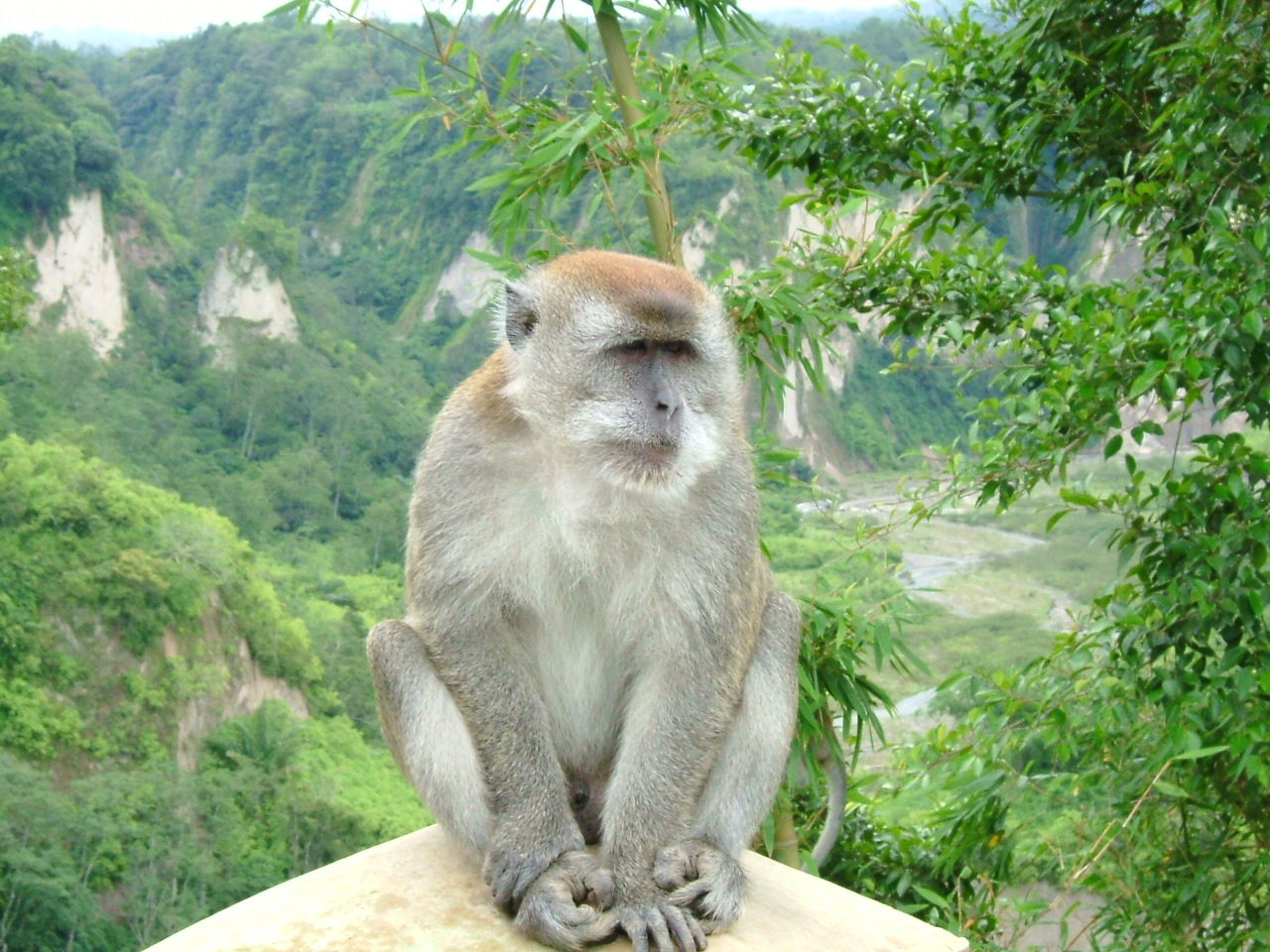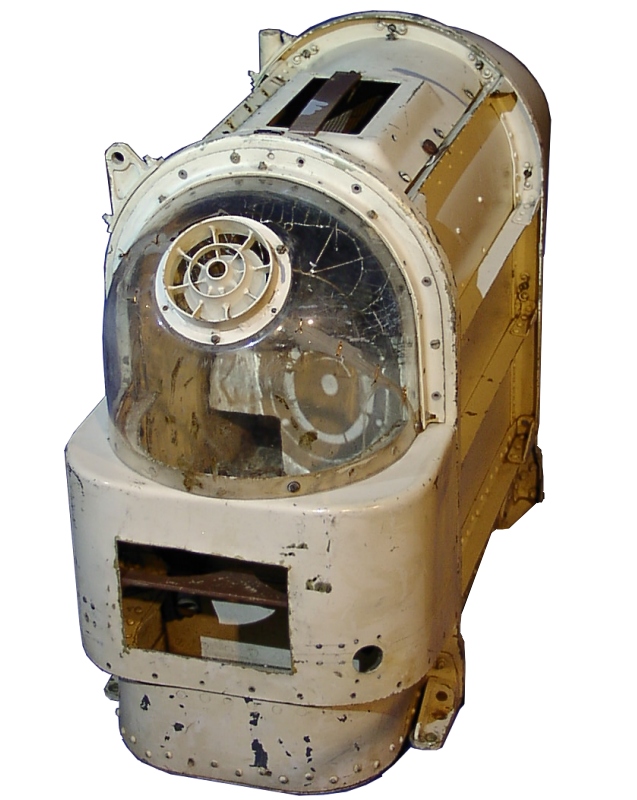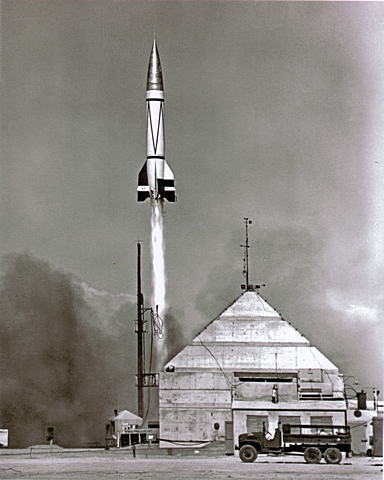|
Monkeys In Space
Before humans went into space in the 1960s, several other animals were launched into space, including numerous other primates, so that scientists could investigate the biological effects of spaceflight. The United States launched flights containing primate passengers primarily between 1948 and 1961 with one flight in 1969 and one in 1985. France launched two monkey-carrying flights in 1967. The Soviet Union and Russia launched monkeys between 1983 and 1996. Most primates were anesthetized before lift-off. Overall, thirty-two non-human primates flew in the space program; none flew more than once. Numerous backup primates also went through the programs but never flew. Monkeys and non-human apes from several species were used, including rhesus macaque, crab-eating macaque, squirrel monkeys, pig-tailed macaques, and chimpanzees. United States The first primate launched into subspace was Albert, a rhesus macaque, who on June 11, 1948, rode a rocket flight to over in Earth's ... [...More Info...] [...Related Items...] OR: [Wikipedia] [Google] [Baidu] |
Ham The Chimp (cropped)
Ham (July 1957 – January 19, 1983), a chimpanzee also known as Ham the Chimp and Ham the Astrochimp, was the first Great Ape launched into space. On January 31, 1961, Ham flew a suborbital flight on the Mercury-Redstone 2 mission, part of the U.S. space program's Project Mercury. Ham's name is an acronym for the laboratory that prepared him for his historic mission—the Holloman Aerospace Medical Center, located at Holloman Air Force Base in New Mexico, southwest of Alamogordo. His name was also in honor of the commander of Holloman Aeromedical Laboratory, Lieutenant Colonel Hamilton "Ham" Blackshear. Early life Ham was born in July 1957 in French Cameroon (now Cameroon), captured by animal trappers and sent to the Rare Bird Farm in Miami, Florida. He was purchased by the United States Air Force and brought to Holloman Air Force Base in July 1959. There were originally 40 chimpanzee flight candidates at Holloman. After evaluation, the number of candidates was reduce ... [...More Info...] [...Related Items...] OR: [Wikipedia] [Google] [Baidu] |
Monkey Sam Before The Flight On Little Joe 2
Monkey is a common name that may refer to most mammals of the infraorder Simiiformes, also known as the simians. Traditionally, all animals in the group now known as simians are counted as monkeys except the apes, which constitutes an incomplete paraphyletic grouping; however, in the broader sense based on cladistics, apes (Hominoidea) are also included, making the terms ''monkeys'' and ''simians'' synonyms in regards to their scope. In 1812, Geoffroy grouped the apes and the Cercopithecidae group of monkeys together and established the name Catarrhini, "Old World monkeys", ("''singes de l'Ancien Monde''" in French). The extant sister of the Catarrhini in the monkey ("singes") group is the Platyrrhini (New World monkeys). Some nine million years before the divergence between the Cercopithecidae and the apes, the Platyrrhini emerged within "monkeys" by migration to South America likely by ocean. Apes are thus deep in the tree of extant and extinct monkeys, and any of the a ... [...More Info...] [...Related Items...] OR: [Wikipedia] [Google] [Baidu] |
United States Army
The United States Army (USA) is the land warfare, land military branch, service branch of the United States Armed Forces. It is one of the eight Uniformed services of the United States, U.S. uniformed services, and is designated as the Army of the United States in the United States Constitution, U.S. Constitution.Article II, section 2, clause 1 of the United States Constitution (1789). See alsTitle 10, Subtitle B, Chapter 301, Section 3001 The oldest and most senior branch of the U.S. military in order of precedence, the modern U.S. Army has its roots in the Continental Army, which was formed 14 June 1775 to fight the American Revolutionary War (1775–1783)—before the United States was established as a country. After the Revolutionary War, the Congress of the Confederation created the United States Army on 3 June 1784 to replace the disbanded Continental Army.Library of CongressJournals of the Continental Congress, Volume 27/ref> The United States Army considers itself to be ... [...More Info...] [...Related Items...] OR: [Wikipedia] [Google] [Baidu] |
PGM-19 Jupiter
The PGM-19 Jupiter was the first nuclear armed, medium-range ballistic missile (MRBM) of the United States Air Force (USAF). It was a liquid-propellant rocket using RP-1 fuel and LOX oxidizer, with a single Rocketdyne LR79-NA (model S-3D) rocket engine producing of thrust. It was armed with the W49 nuclear warhead. The prime contractor was the Chrysler Corporation. The Jupiter was originally designed by the US Army, which was looking for a highly accurate missile designed to strike enemy states such as Communist China and USSR. The US Navy also expressed an interest in the design as an SLBM but left the collaboration to work on their Polaris. Jupiter retained the short, squat shape intended to fit in naval submarines. Development history Initial concept Jupiter traces its history ultimately to the PGM-11 Redstone missile, the US's first nuclear ballistic missile. While it was entering service, Wernher von Braun's Army Ballistic Missile Agency (ABMA) team at Redston ... [...More Info...] [...Related Items...] OR: [Wikipedia] [Google] [Baidu] |
Gordo (space Monkey)
Gordo was one of the first monkeys to travel into space. As part of the NASA space program, Gordo, also known as Old Reliable, was launched from Cape Canaveral on December 13, 1958, in the U.S. PGM-19 Jupiter rocket on its AM-13 mission. The rocket would travel over 1,500 miles and reach a height of 310 miles (500 km) before returning to Earth and landing in the South Atlantic. A technical malfunction prevented the capsule's parachute from opening and, despite a short search, neither his body nor the vessel were ever recovered.Animals In Space: From Research Rockets to the Space Shuttle, Chris Dubbs and Colin Burgess, 2007 Background Gordo was a South American species of squirrel monkey, about one foot tall and weighing between 1 and 1.5 kg. He was chosen for space travel because of his species' similar anatomical makeup to man and sensitivity to changes in temperature. Missions using monkeys in space were not new: four monkeys called Albert, as well as monkeys called ... [...More Info...] [...Related Items...] OR: [Wikipedia] [Google] [Baidu] |
Cynomolgus
The crab-eating macaque (''Macaca fascicularis''), also known as the long-tailed macaque and referred to as the cynomolgus monkey in laboratories, is a cercopithecine primate native to Southeast Asia. A species of macaque, the crab-eating macaque has a long history alongside humans. The species has been alternately seen as an agricultural pest, a sacred animal, and, more recently, the subject of medical experiments. The crab-eating macaque lives in matrilineal social groups of up to eight individuals dominated by females. Male members leave the group when they reach puberty. It is an opportunistic omnivore and has been documented using tools to obtain food in Thailand and Myanmar. The crab-eating macaque is a known invasive species and a threat to biodiversity in several locations, including Hong Kong and western New Guinea. The significant overlap in macaque and human living space has resulted in greater habitat loss, synanthropic living, and inter- and intraspecies conflicts o ... [...More Info...] [...Related Items...] OR: [Wikipedia] [Google] [Baidu] |
New Mexico
) , population_demonym = New Mexican ( es, Neomexicano, Neomejicano, Nuevo Mexicano) , seat = Santa Fe, New Mexico, Santa Fe , LargestCity = Albuquerque, New Mexico, Albuquerque , LargestMetro = Albuquerque metropolitan area, Tiguex , OfficialLang = None , Languages = English language, English, Spanish language, Spanish (New Mexican Spanish, New Mexican), Navajo language, Navajo, Keres language, Keres, Zuni language, Zuni , Governor = , Lieutenant Governor = , Legislature = New Mexico Legislature , Upperhouse = New Mexico Senate, Senate , Lowerhouse = New Mexico House of Representatives, House of Representatives , Judiciary = New Mexico Supreme Court , Senators = * * , Representative = * * * , postal_code = NM , TradAbbreviation = N.M., N.Mex. , area_rank = 5th , area_total_sq_mi = 121,591 , area_total_km2 = 314,915 , area_land_sq_mi = 121,298 , area_land_km2 = 314,161 , area_water_sq_mi = 292 , area_water_km2 = 757 , area_water_percent = 0.24 , ... [...More Info...] [...Related Items...] OR: [Wikipedia] [Google] [Baidu] |
Soviet Space Dogs
During the 1950s and 1960s the Soviet space program used dogs for sub-orbital and orbital space flights to determine whether human spaceflight was feasible. In this period, the Soviet Union launched missions with passenger slots for at least 57 dogs. The number of dogs in space is smaller, as some dogs flew more than once. Most survived; the few that died were lost mostly through technical failures, according to the parameters of the test. A notable exception is Laika, the first animal to be sent into orbit, whose death during the 3 November 1957 Sputnik 2 mission was expected from its outset. Training Dogs were the preferred animal for the experiments because scientists felt dogs were well suited to endure long periods of inactivity. As part of their training, they were confined in small boxes for 15–20 days at a time. Stray dogs, rather than animals accustomed to living in a house, were chosen because the scientists felt they would be able to tolerate the rigorous and ... [...More Info...] [...Related Items...] OR: [Wikipedia] [Google] [Baidu] |
Aerobee
The Aerobee rocket was one of the United States' most produced and productive sounding rockets. Developed by the Aerojet Corporation, the Aerobee was designed to combine the altitude and launching capability of the V-2 with the cost effectiveness and mass production of the WAC Corporal. More than 1000 Aerobees were launched between 1947 and 1985, returning vast amounts of astronomical, physical, aeronomical, and biomedical data. Development Research using V-2 rockets after World War II produced valuable results concerning the nature of cosmic rays, the solar spectrum, and the distribution of atmospheric ozone. However, the limited supply and the expense of assembling and firing the V-2 rockets, as well as the small payload capacity of the first purpose-built sounding rocket, the WAC Corporal, created demand for a low cost sounding rocket to be used for scientific research. An Applied Physics Laboratory (APL) effort led by James Van Allen led to a contract presented 17 M ... [...More Info...] [...Related Items...] OR: [Wikipedia] [Google] [Baidu] |
Kármán Line
The Kármán line (or von Kármán line ) is an attempt to define a boundary between Earth's atmosphere and outer space, and offers a specific definition set by the Fédération aéronautique internationale (FAI), an international record-keeping body for aeronautics. Defining the edge of space is important for legal and regulatory purposes since aircraft and spacecraft fall under different jurisdictions and are subject to different treaties. International law does not define the edge of space, or the limit of national airspace. The FAI defines the Kármán line as space beginning above Earth's mean sea level. This number is well above the altitude reachable by a conventional airplane and is roughly where satellites, even on very eccentric trajectories, will decay before completing a single orbit. While experts disagree on exactly where the atmosphere ends and space begins, most regulatory agencies (including the United Nations) accept the FAI Kármán line definition or someth ... [...More Info...] [...Related Items...] OR: [Wikipedia] [Google] [Baidu] |
Albert II (monkey)
Albert II, a male rhesus macaque (''Macaca mulatta''), was the first primate and first mammal in space. He flew from Holloman Air Force Base in New Mexico, United States, to an altitude of 83 miles (134 km) aboard a U.S. V-2 sounding rocket on June 14, 1949. Albert died upon reentry after a parachute failure caused Albert's capsule to strike the ground at high speed. Albert's respiratory and cardiological data were recorded up to the moment of impact. Albert II's flight, run by the Alamogordo Guided Missile Test Base and organized with the help of Holloman Air Force Base, followed the likely preflight death of Albert I before a high mesospheric The mesosphere (; ) is the third layer of the atmosphere, directly above the stratosphere and directly below the thermosphere. In the mesosphere, temperature decreases as altitude increases. This characteristic is used to define its limits: it ... flight aboard a V-2 rocket on June 11, 1948. The capsule was redesigned in-between fli ... [...More Info...] [...Related Items...] OR: [Wikipedia] [Google] [Baidu] |
White Sands Missile Range
White Sands Missile Range (WSMR) is a United States Army military testing area and firing range located in the US state of New Mexico. The range was originally established as the White Sands Proving Ground on 9July 1945. White Sands National Park is located within the range. Significant events *The first atomic bomb (code named Trinity) was test detonated at Trinity Site near the northern boundary of the range on 16 July 1945, seven days after the White Sands Proving Ground was established. *After the conclusion of World War II, 100 long-range German V-2 rockets that were captured by U.S. military troops were brought to WSMR. Of these, 67 were test-fired between 1946 and 1951 from the White Sands V-2 Launching Site. (This was followed by the testing of American rockets, which continues to this day, along with testing other technologies.) *NASA's Space Shuttle Columbia landed on the Northrop Strip at WSMR on 30 March 1982 as the conclusion to mission STS-3. This was the onl ... [...More Info...] [...Related Items...] OR: [Wikipedia] [Google] [Baidu] |
.jpg)
.jpg)






